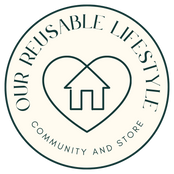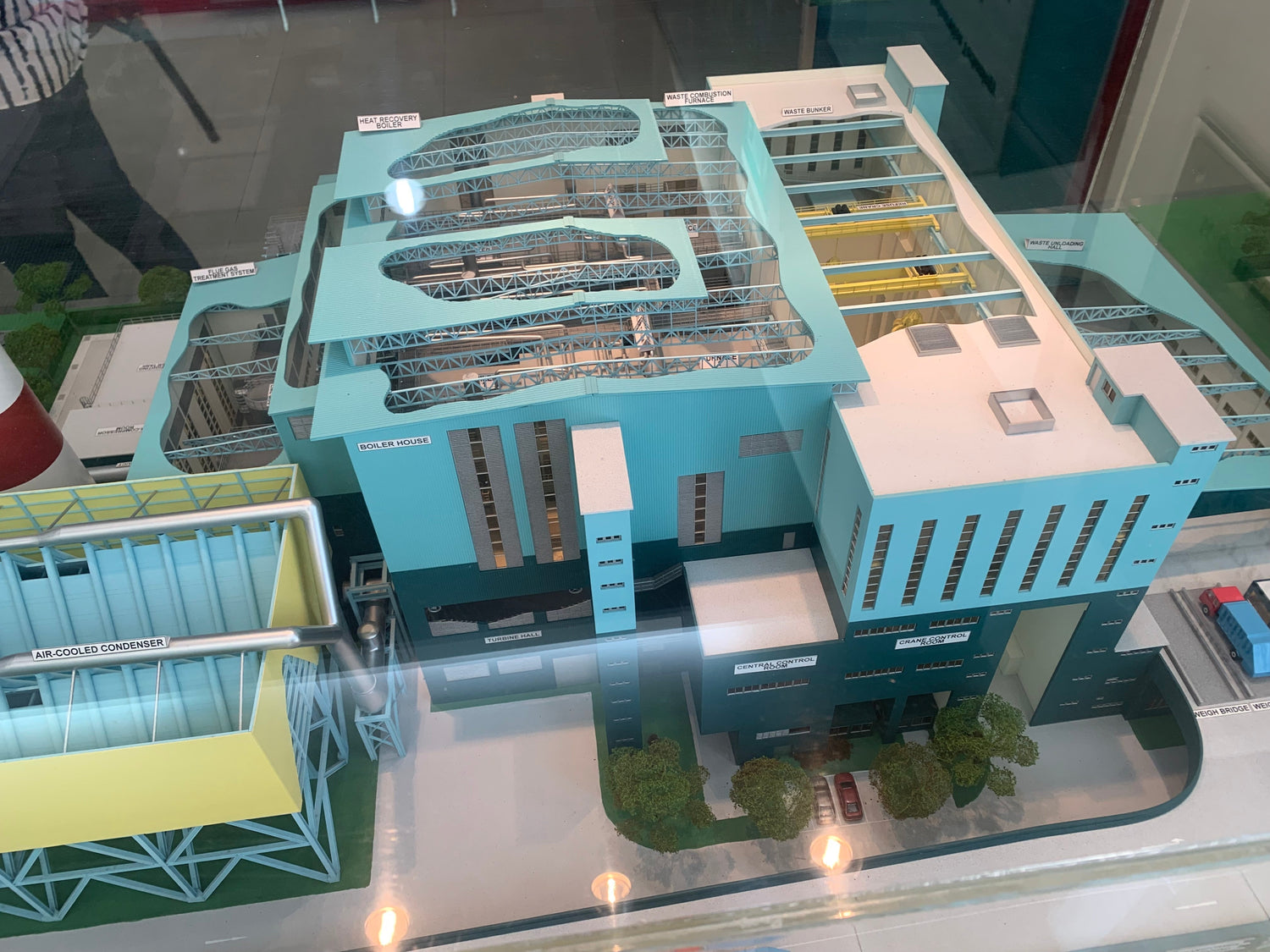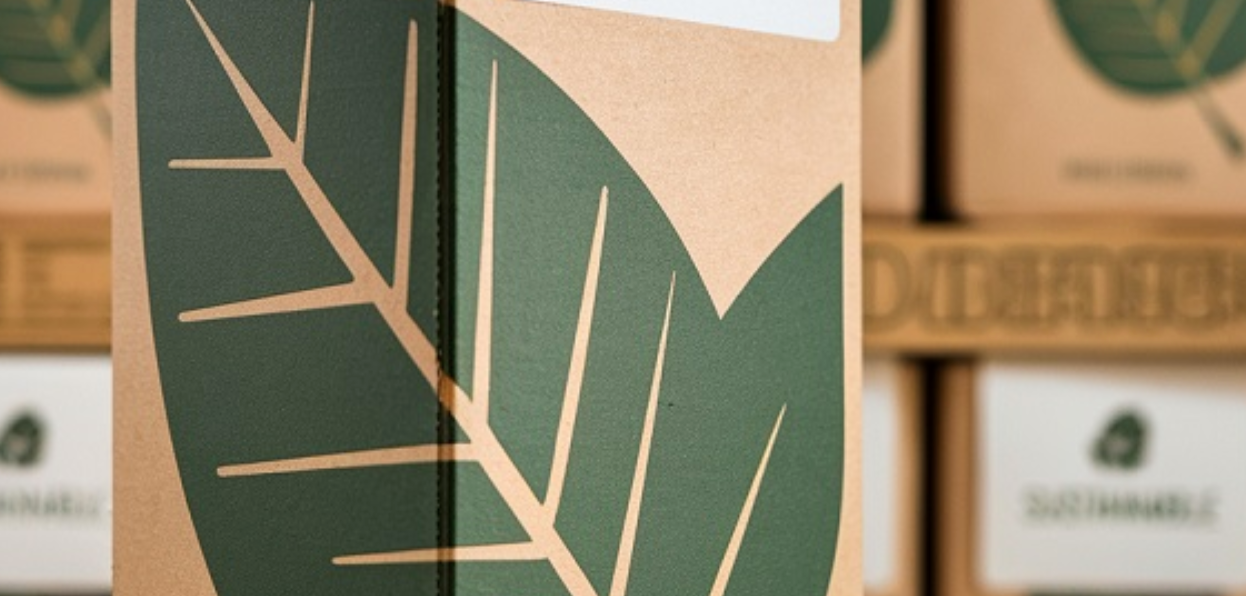Recently, I had the opportunity to visit the Keppel Seghers Tuas Waste-to-Energy Plant, thanks to Jo from The Sustainability Project, who organised this incredibly eye-opening experience.
We all throw things away every day, but how often do we stop to ask: Where does it actually go? This visit answered that—and revealed a sobering truth about the future of waste in Singapore.
The Numbers That Shocked Me
Every day in Singapore, around 8,400 tonnes of rubbish are collected and sent to one of four incineration plants, including Keppel Seghers. Once incinerated, this waste is reduced in volume by up to 90%, but it doesn’t disappear completely. What’s left is about 1,600 tonnes of toxic ash per day.
This ash is sent to Semakau Landfill—our one and only landfill—and here’s the urgent part: Semakau is projected to be full by 2035.
That’s just 10 years from now. Imagine what happens when there’s no more space to store the ash from our daily waste. We’re not just running out of room—we're running out of time.
What We Saw and Learned
During the visit, we learned about the entire waste-to-energy process:
-
How waste is delivered and sorted
-
The stages of incineration
-
The energy recovered from burning waste
-
And most importantly, the sheer scale of what’s being processed every single day
We were shown data on the tonnage of waste handled daily, how much becomes ash, and how the presence of non-recyclable plastics continues to add pressure to the system.
It was impossible to walk away without realising: our current habits are not sustainable.
What We Can All Do
It starts at home. It starts with you and me.
One of the simplest actions we can take is to separate our plastics and recyclables from general waste. Use the blue recycling bins provided by local waste management companies like SembWaste or 800 Super. Make the small effort to rinse out containers and sort correctly.
It takes a bit more time, yes—but this small shift has a big impact.
By recycling properly, we reduce the volume of waste that gets incinerated, lower the amount of toxic ash produced, and extend the life of Semakau Landfill. Most importantly, we shift the way we think about waste—from something disposable to something we’re all responsible for.
Why This Matters
Using biodegradable or reusable alternatives, reducing single-use plastics, and making more conscious consumer choices are essential—but so is responsible disposal.
By purchasing from businesses that prioritise sustainability, and making efforts in our own homes and offices, we can be part of the solution.
If you are unsure what and where to recycle then click here
Singapore zero waste master plan
A Special Thank You
A huge thank you to Jo from The Sustainability Project for organising this behind-the-scenes look at how Singapore manages its waste. It was powerful, informative, and motivating.
Let’s not wait until 2035 to realise how urgent this is.
Let’s act now—for Singapore, and for the planet.




